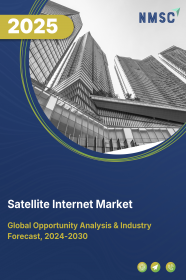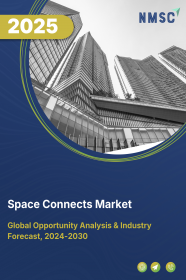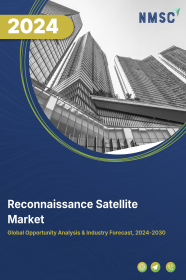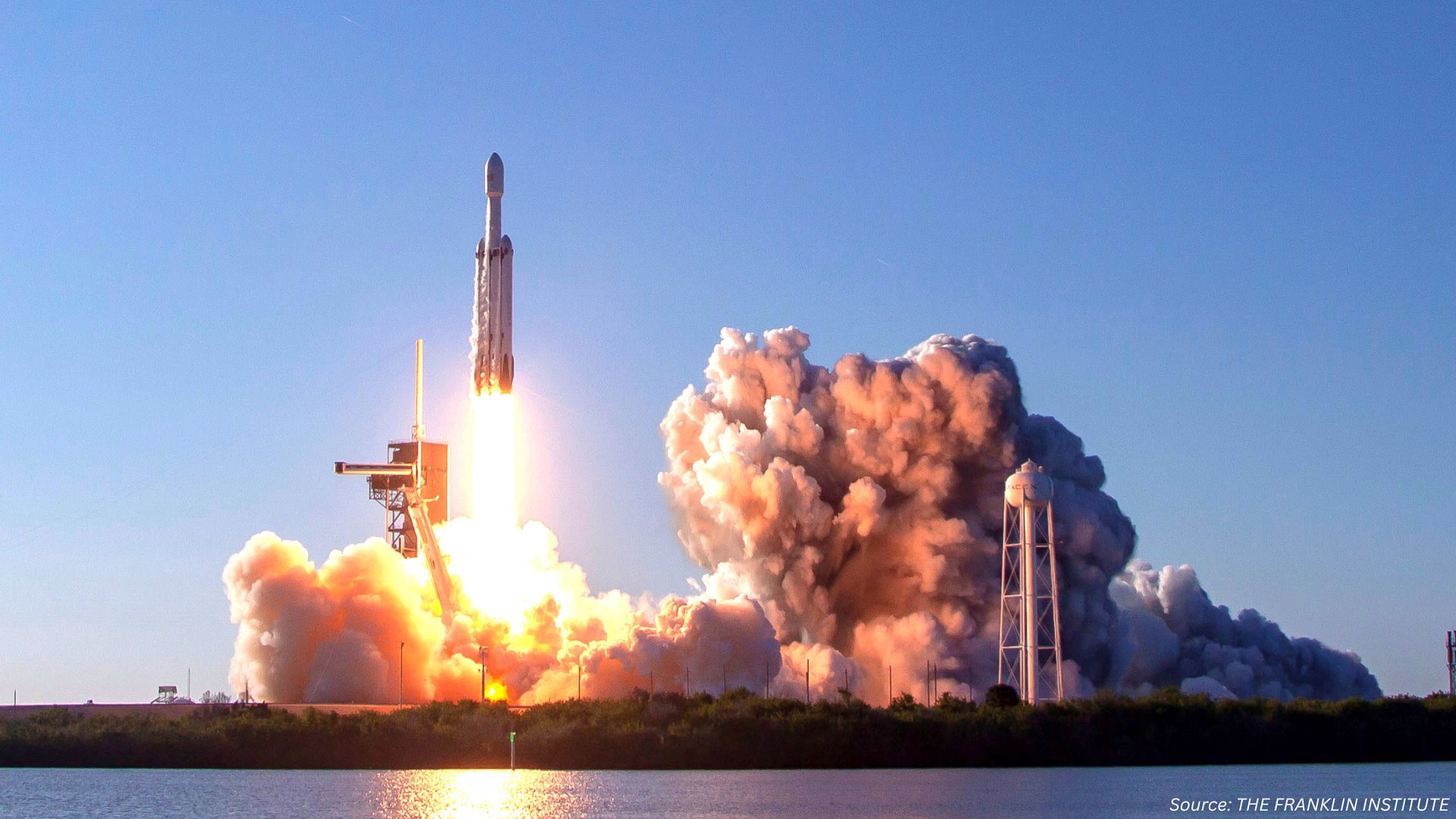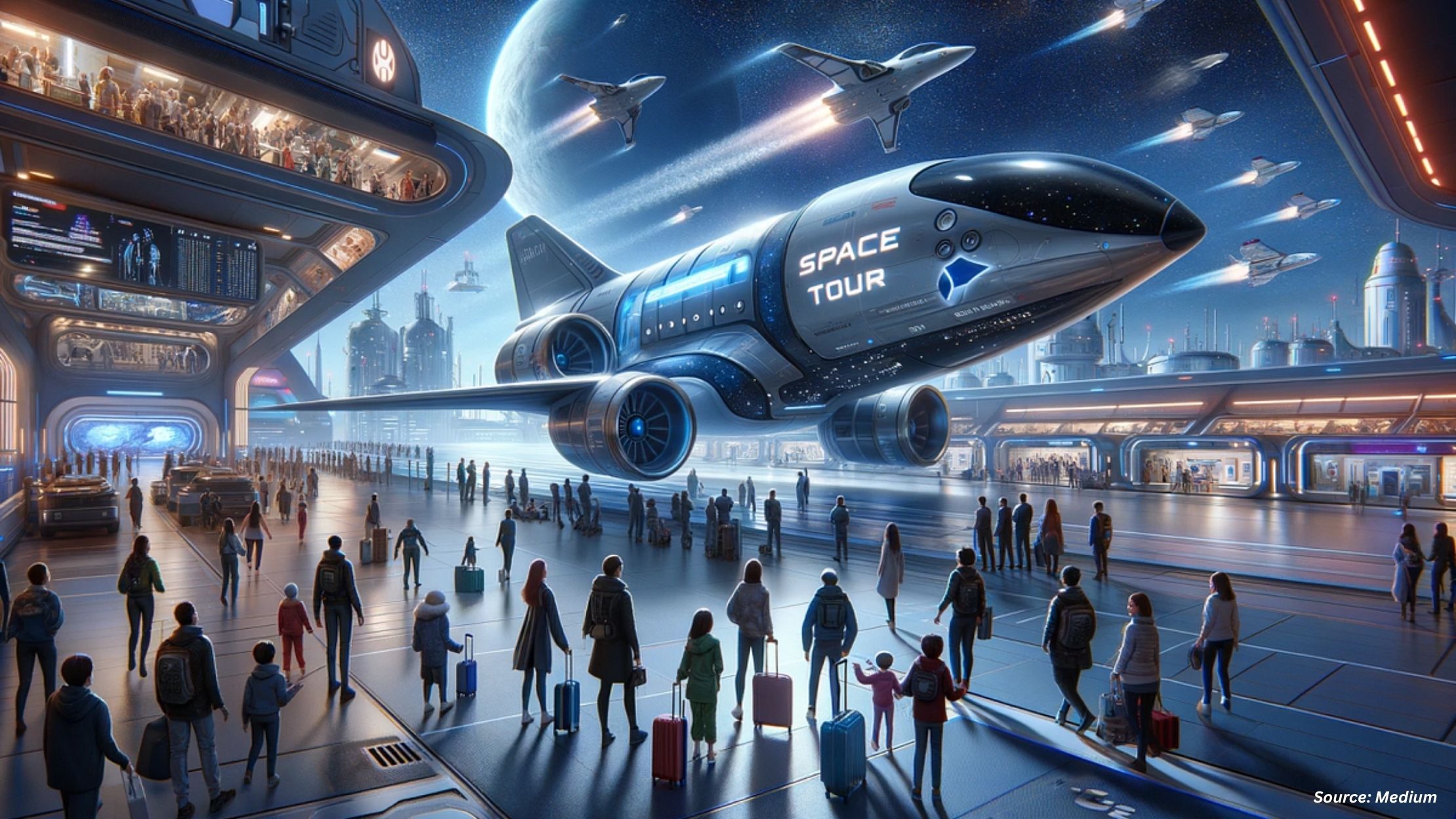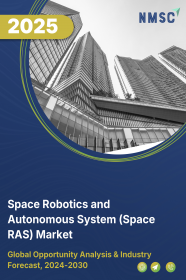
Space Robotics and Autonomous System (Space RAS) Market by Solution (Remotely Operated Vehicles (ROV), Remote Manipulator System (RMS), Software, Services), by Application (Deep Space, Near Space, Ground) and by Organization Type (Commercial, Government) – Global Opportunity Analysis and Industry Forecast 2024-2030
Space Robotics and Autonomous System (Space RAS) Market Overview
The global Space Robotics and Autonomous System (Space RAS) Market size was valued at USD 4.80 billion in 2023 and is predicted to reach USD 8.68 billion by 2030 with a CAGR of 8.8% from 2024-2030. Space Robotics and Autonomous System also known as space autonomous system and space automation involve using advanced technologies to provide products and services directly to consumers within the space industry. The market within the space industry is an escalating field focusing on the development of robotic devices and autonomous systems designed to operate in the harsh and unpredictable environment of space, performing tasks such as planetary exploration, satellite maintenance, and space infrastructure development with minimal or no human intervention. The advantages include reducing the risks and costs associated with human spaceflight, enhancing mission efficiency through continuous operation, and enabling access to extreme or inaccessible environments.
Market Dynamics and Trends
The expanding space economy driven by the rising investment in space sector by numerous countries and companies for space research and exploration, increases the demand for space RAS. These technologies are particularly important for tasks in environments where human presence is challenging or impractical, such as on distant planets or in deep space.
According to the report published by Space Foundation, the global space economy grew by 8%, reaching USD 546 billion in 2022, up from USD 501 billion in 2021. As the space economy continues to expand, it is expected to further boost the demand and development of advanced Space RAS technologies.
Moreover, the rising initiatives by major companies such as SpaceX, Blue Origin, and SpaceLogistics in launching far space and low-earth-orbit satellite servicing robotic further boosts the development of space industry, driving the growth of the market.
For instance, in 2024, SpaceLogistics, a subsidiary of Northrop Grumman company, launched mission robotic vehicle, which primary function is the installation of Mission Extension Pods (MEPs) or other augmentation payloads on current operational satellites. Through this launch, the company aims to boost the space robotics industry by providing in-orbit maintenance and servicing.
Also, the increase in earth observation missions including earth-watching satellites, and analyse data on-orbit is driving the demand for advanced robotic solutions and autonomous system, which in turn boosts the market growth of space robotics and autonomous system market demand.
For instance, in November 2023, NASA launched free-flying robots known as Astrobees, designed to showcase various technologies and provide assistance on space exploration missions. The introduction of these robots highlights the evolving capabilities of robotic vehicles, enabling them to perform a wide range of tasks such as assisting crew members, assembling structures in orbit, exploring new environments, and servicing equipment.
However, the high cost associated with developing, testing, and launching space robots presents a significant obstacle for many potential participants in the market. On the contrary, the integration of artificial intelligence (AI) in space robots is expected to drive future growth in the market. AI technologies such as machine learning enable robots to continuously improve their performance, becoming more efficient, reliable, and capable of handling new challenges in space exploration and utilization.
Market Segmentations and Scope of the Study
The space robotics and autonomous system market report is segmented by solution, application, organisation type and region. Based on solution, the market is segmented by remotely operated vehicles (ROV), remote manipulator system (RMS), software and services. Based on application, the market is segmented by deep space, near space and ground. Based on organization, the market is divided into commercial and government. Regional breakdown and analysis of each of the aforesaid segments includes regions comprising of North America, Europe, Asia-Pacific, and RoW.
Geographical Analysis
North-America dominates the space robotics and autonomous system market share and is expected to continue its domination during the forecast period. This is attributed to the increase in government investments for the development of space industry in this region. According to report published by NASA, the government of the U.S. allocated a funds of around USD 12.8 billion to invest in its space sector for the year 2025, and enable NASA to continue exploration of Earth and space. With increase in investment in space agency it is anticipated to the increment of number of space program which drives the market as mission requires robots to perform tasks like satellite serving and planetary exploration.
Moreover, the rising initiatives by various key organizations including NASA and ISRO in the launch of robotic rover and landers is another factor driving the space robotics and autonomous market trends. The robotic rovers require advanced control systems, detailed data analysis, and specialized maintenance which are provided by the specialist robotic system company. For instance, in November 2023, NASA builds its first robotic moon rover, demonstrating the practicality and effectiveness of robotic technology in lunar exploration.
On the other hand, Asia-Pacific is expected to show a steady rise in space RAS industry. The rising space exploration programme in Asia-Pacific countries such as China, India and Japan boost the space robotics and autonomous system market growth in this region. For instance, in May 2024, China launched a lunar probe to collect samples from the less-explored far side of the moon. As the number of space projects continues to grow in this region, the demand for r advanced robotic technologies capable of performing complex tasks in extreme environments is poised to rise, boosting the growth of the market.
Moreover, the rising initiatives by the government of numerous countries from Asia-pacific region, including India, China, and South Korea, for advancement in space sector, is further boosting the growth of the space robotics sector in this region. For instance, in February 2024, the India government through its policy to allow 100% foreign direct investments in the manufacture of satellite system. The government aims to increase India’s share of the global space sector projected to reach USD 47.3 billion by 2032.
Competitive Landscape
Various key players operating in the space robotics and autonomous system industry are Motiv Space Systems, Inc., MDA Space, SapceX, Beyond Gravity, Astrobotic Technology, Inc., Motiv Space System Inc., Space Applications Services, Northrop Grumman, Mission Control Space Services, Boeing, among others to maintain their dominance in this industry. These market players are adopting various strategies such as product launches and collaborations to remain dominant in the market.
For instance, in April 2024, Astrobotic announced plans to launch a mini rover alongside NASA’s ice-hunting VIPER on the moon mission. This mission is expected to rely on advanced autonomous navigation and automated systems to operate effectively in the challenging lunar environment. The primary objective of this mission is to deliver NASA’s Volatiles Investigating Polar Exploration Rover (VIPER) to the moon’s south polar region.
Moreover, in April 2024, MDA announced their new product line, MDA Skymaker, which features advanced space robotics designed for various missions. The MDA Skymaker line features greater efficiency and flexibility, offering higher performance and reliability. These enhancements make space missions more convenient and effective, underscoring MDA's commitment to innovation in space robotics.
Moreover, in September 2023, Mission Control Space Service collaborated with GreenSky Ventures to raise over USD 10.5 million for space exploration programs. With this funding, Mission Control aims to expand its Spacefarer platform, streamlining operations for space-based robotics and advanced payloads, creating a more accessible and efficient future for space exploration.
Key Benefits
-
The report provides quantitative analysis and estimations of the market from 2024 to 2030, which assists in identifying the prevailing market opportunities.
-
The study comprises a deep-dive analysis of the current and future space robotics and autonomous system market trends to depict prevalent investment pockets in the market.
-
Information related to key drivers, restraints, and opportunities and their impact on the market is provided in the report.
-
Competitive analysis of the players, along with their market share is provided in the report.
-
SWOT analysis and Porters Five Forces model is elaborated in the study.
-
Value chain analysis in the market study provides a clear picture of roles of stakeholders.
Space Robotics and Autonomous System Market Key Segments
By Solution
-
Remotely Operated Vehicle (RMV)
-
Remote Manipulator System (RMS)
-
Software
-
Services
By Application
-
Deep Space
-
Near Space
-
Ground
By Organisation Type
-
Commercial
-
Government
By Region
-
North America
-
The U.S.
-
Canada
-
Mexico
-
-
Europe
-
The UK
-
Germany
-
France
-
Italy
-
Spain
-
Denmark
-
Netherlands
-
Finland
-
Sweden
-
Norway
-
Russia
-
Rest of Europe
-
-
Asia-Pacific
-
China
-
Japan
-
India
-
South Korea
-
Australia
-
Indonesia
-
Singapore
-
Taiwan
-
Thailand
-
Rest of Asia Pacific
-
-
RoW
-
Latin America
-
Middle East
-
Africa
-
REPORT SCOPE AND SEGMENTATION
|
Parameters |
Details |
|
Market Size in 2023 |
USD 4.80 billion |
|
Revenue Forecast in 2030 |
USD 8.68 billion |
|
Growth Rate |
CAGR of 8.8% from 2024 to 2030 |
|
Analysis Period |
2023–2030 |
|
Base Year Considered |
2023 |
|
Forecast Period |
2024–2030 |
|
Market Size Estimation |
Billion (USD) |
|
Growth Factors |
|
|
Countries Covered |
28 |
|
Companies Profiled |
10 |
|
Market Share |
Available for 10 companies |
|
Customization Scope |
Free customization (equivalent up to 80 working hours of analysts) after purchase. Addition or alteration to country, regional, and segment scope. |
|
Pricing and Purchase Options |
Avail customized purchase options to meet your exact research needs. |
KEY PLAYERS
-
Motiv Space Systems, Inc.
-
MDA Space
-
SapceX
-
Beyond Gravity
-
Astrobotic Technology, Inc.,
-
Motiv Space System Inc.
-
Space Applications Services
-
Northrop Grumman
-
Mission Control Space Services
-
Boeing




















 Speak to Our Analyst
Speak to Our Analyst



